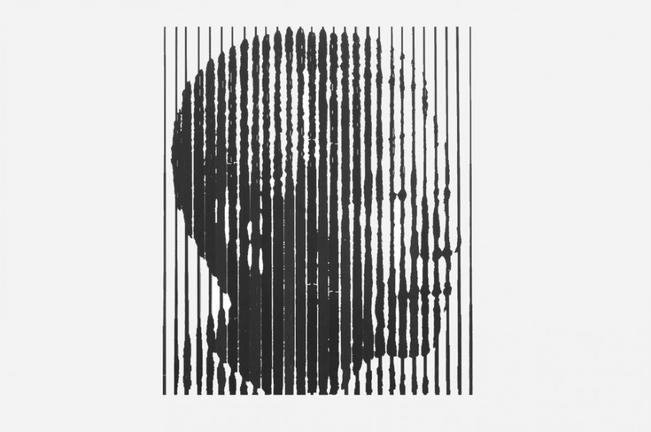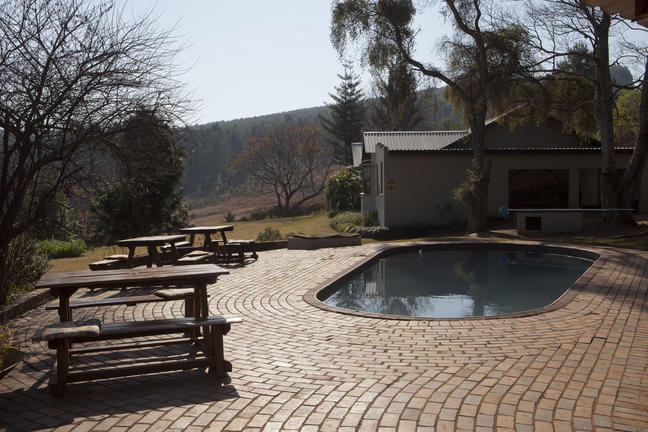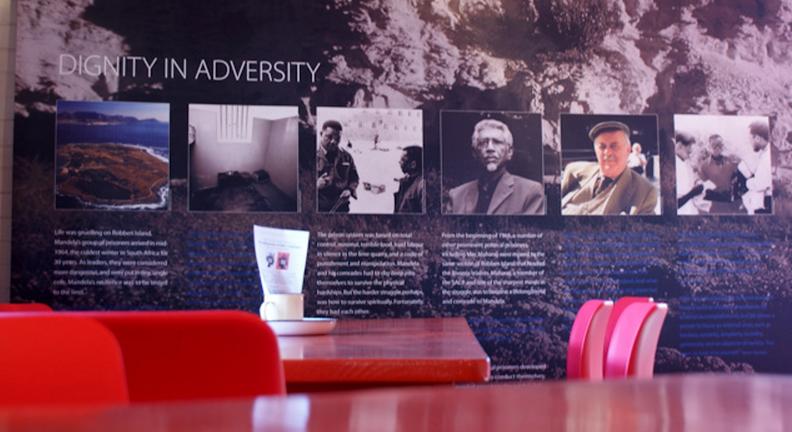Marking the location of Nelson Mandela’s 1962 arrest near Howick, this memorial complex features a striking steel sculpture. Viewed from a specific angle, the 50 metal columns form Mandela’s portrait, symbolising his struggle and resilience. A museum details his life, the anti-apartheid movement, and the Rivonia Trial. Visitors walk along a path representing his journey to imprisonment. The surrounding Midlands landscape adds to the contemplative atmosphere of this historic site.





